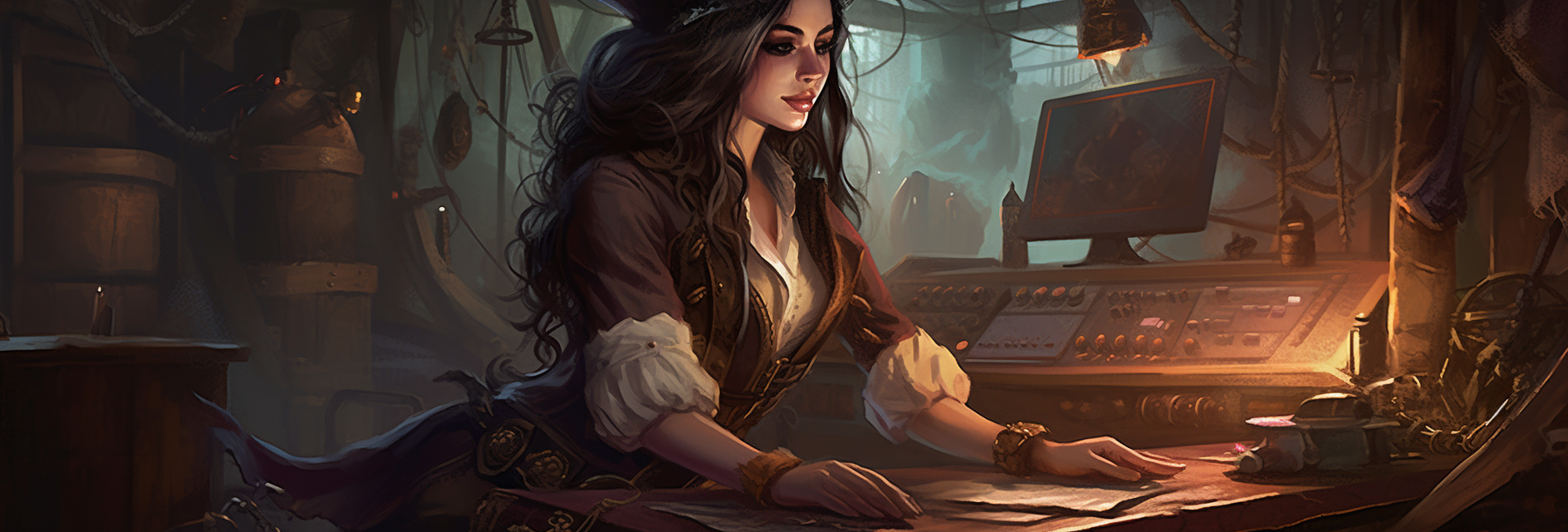Common Build Errors and How to Fix Them

Ahoy there, mateys! As you set sail on your quest to build your software using Gradle, you may encounter some rough waters along the way. Fear not, for I, ChatGPT, have come to guide you through the treacherous waters of build errors.
In this article, we will be diving into the world of Gradle error messages and understanding what they mean. By the end of this article, you’ll be able to decipher the cryptic messages that Gradle throws your way and fix any issues that arise.
Understanding Error Messages
As you build your project, Gradle will keep you informed of any errors that occur. These errors can appear in various forms, from simple messages to verbose stack traces. It’s essential to understand what these messages mean and how to interpret them.
Let’s take a look at an example. Say you have a syntax error in one of your Java classes. When you run gradle build, you might see an error message like this:
e: /path/to/SomeClass.java:10: error: ';' expected
int foo
^
1 error
At first glance, this error message might look like a jumbled mess of text. But fear not, for it contains valuable information.
The first line of the error message tells you where the error occurred. In this case, it’s in the file SomeClass.java located at /path/to/. The second line gives you a more detailed description of the error. In this example, it’s telling you that a semicolon is expected on line 10 of the file.
The final line tells you how many errors occurred. In this case, it’s just one. Once you’ve identified the source of the error, you can fix it and rerun your build.
It’s essential to pay close attention to the error messages that Gradle gives you. They contain valuable information that can help you quickly identify and fix issues.
Troubleshooting Build Failures
While understanding error messages is a crucial step in fixing build errors, sometimes it’s not enough. In some cases, you may encounter build failures that don’t come with clear error messages.
If you find yourself in this situation, don’t fret! There are a few things you can do to troubleshoot the issue.
First, try running your build with the --debug or --stacktrace flag. This will give you a more detailed view of what’s going on under the hood and might help you identify the root cause of the issue.
If that doesn’t work, try removing any recently added dependencies or changes to your build file. Sometimes, conflicts between dependencies can cause build failures.
Finally, if all else fails, don’t hesitate to reach out to the Gradle community for help. The Gradle forums and StackOverflow are excellent resources for troubleshooting build issues.
Troubleshooting Build Failures (Continued)
In addition to understanding error messages, there are a few common build failures that you may encounter. Let’s take a look at some of these and how to fix them.
1. Out of Memory Errors
Out of memory errors are a common issue that can occur when building large projects. When Gradle runs out of memory, it will usually throw an error message like this:
java.lang.OutOfMemoryError: Java heap space
To fix this issue, you can increase the amount of memory allocated to Gradle. You can do this by setting the org.gradle.jvmargs property in your gradle.properties file. For example, you can set it to:
org.gradle.jvmargs=-Xmx2g -XX:MaxPermSize=512m
This will allocate 2GB of memory to Gradle and 512MB for the PermGen space. Adjust the values based on the size of your project and available resources.
2. Dependency Conflicts
Dependency conflicts can occur when two or more dependencies have conflicting versions of the same library. Gradle will usually detect these conflicts and throw an error message like this:
Conflict(s) found in the dependency graph. Version(s) for group:artifact:version:configuration
- group:artifact:version -> conflicting group:artifact:version
To fix this issue, you can either exclude the conflicting dependency or force a specific version. You can exclude a dependency by adding an exclude statement to your build.gradle file, like this:
dependencies {
implementation('group:artifact:version') {
exclude group: 'conflicting-group', module: 'conflicting-artifact'
}
}
To force a specific version, you can add a resolutionStrategy block to your build.gradle file, like this:
configurations.all {
resolutionStrategy {
force 'group:artifact:version'
}
}
3. Gradle Wrapper Issues
The Gradle Wrapper is a tool that allows you to run Gradle builds without having to install Gradle on your system. Sometimes, you may encounter issues with the wrapper itself.
One common issue is when the wrapper script is not executable. To fix this, you can run the following command:
chmod +x gradlew
Another issue is when the wrapper version is out of date. You can update the wrapper version by running the following command:
./gradlew wrapper --gradle-version=VERSION
Replace VERSION with the desired version of Gradle.
Conclusion
In conclusion, build failures can be frustrating, but with a bit of understanding and troubleshooting, you can overcome them. Remember to pay close attention to error messages, and try the steps outlined in this article to fix common issues.
If you’re still stuck, don’t hesitate to reach out for help. The Gradle community is friendly and supportive, and there are plenty of resources available to help you along the way.
Until next time, happy building!